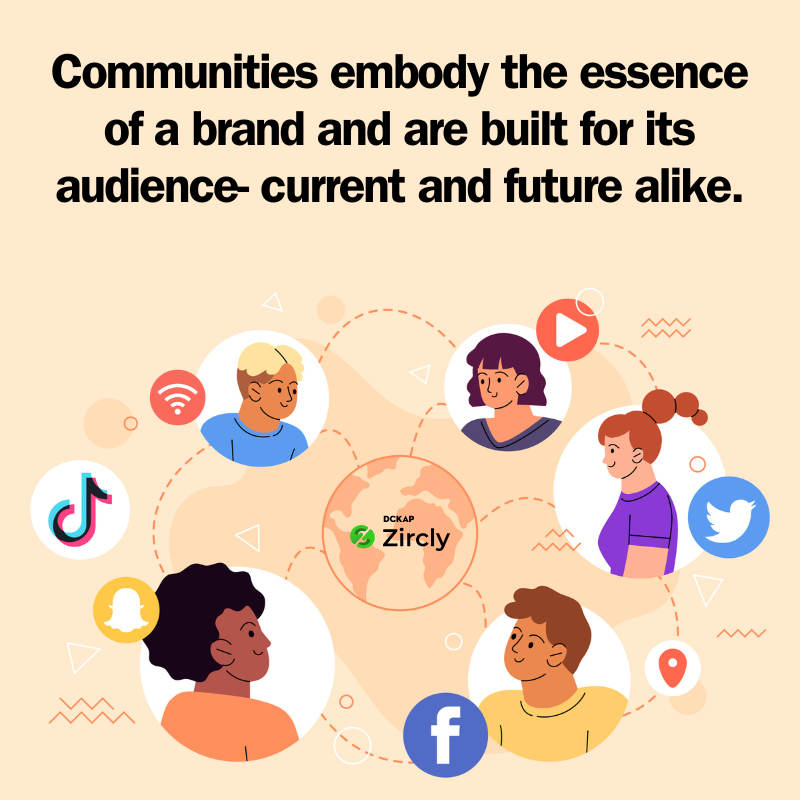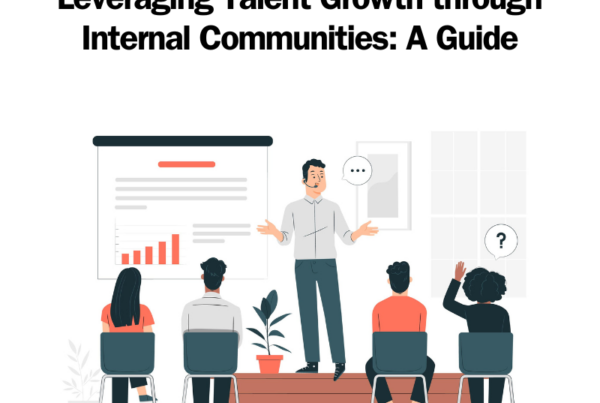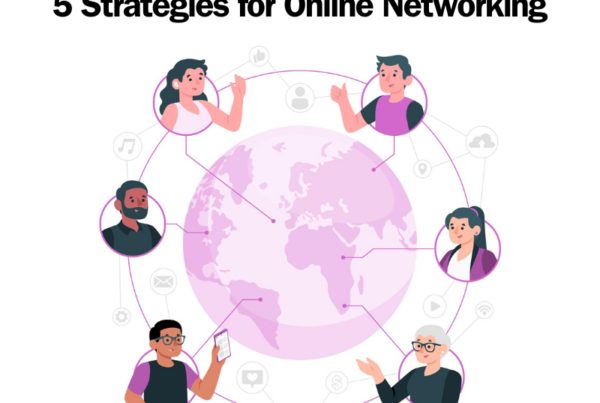
Continuing our Community Manager Appreciation Week, we are in conversation with DCKAP and DCKAP Palli’s Community Manager, Srija Santhanam today.
Srija, what do you do, and how did you get here?
So, I am the community manager for DCKAP and DCKAP Palli. In a nutshell, my job involves empowering everyone in their roles and keeping everyone engaged with each other.
My journey’s been quite the adventure! I did my Bachelor of Engineering in Computer Science and started my professional career as a Python Developer. After about 6-months in my role, I realized my strength lies in people management, not coding. I then took TANCET- Tamil Nadu’s qualifying exam for college admissions in MBA and transitioned to HR. In HR, I started as an HR generalist in recruitment and employee engagement at HITACHI and spent my time learning the ropes.
I joined DCKAP 6 years ago as an HR Executive. As we started to focus on community building and reading as a community in DCKAP, I was given the chance to participate in a book fair on behalf of the company.
The event was a turning point in my career. Since then, from organizing events for niche groups like the QA Touch Community, and Magento Chennai community to spearheading initiatives like DCKAP Palli, I’ve thrived on connecting with people.
Becoming a community manager wasn’t a planned destination—it evolved from my desire to foster connections, empower individuals, and make a difference.
How do you define community?
So, when it comes to defining community, it’s more than just a bunch of people hanging out. To me, it’s like creating this great space where everyone can share ideas and help each other out. It’s about making sure that everyone feels heard and valued.
Purpose
You see, communities aren’t just random groups you join; they should have a purpose. Whether it’s on WhatsApp, LinkedIn, or any other platform, there should be a reason why you’re there. As a community manager, I believe it’s crucial to understand why someone should be part of the community and how they can contribute.
Networking
Networking also has a big role. In the words of my mentor “My people are your people.” That should be one of the driving values of a community. It’s all about collaborating and supporting each other. Networking helps us tap into each other’s strengths, making us all better together.
A community manager’s job is not just about interaction and engagement but creating a space where people can socialize, discuss, and learn. Of course, keeping the discussions on track and relevant is crucial.
Knowledge
Another thing at the core of every community is knowledge exchange. Whether it’s asking questions, sharing solutions, or hosting sessions, communities are where we learn and grow. Finding answers to our problems within a community not only helps us but also strengthens our bond with the group.
Now, the great thing about communities is that they last. Content shared today might help someone down the road. That’s why platforms like Zircly are so important; they keep all our discussions and insights in one accessible place for future reference.
Focussed Groups with shared interests
But here’s the thing: communities work best when they’re focused. Instead of trying to cover everything, it’s better to have a niche. Communities centered around specific topics, like automation or Magento, encourage deeper discussions and better solutions. Diversifying too much can water down the community’s purpose and effectiveness.
Sub-communities within larger platforms take things even further. Whether it’s creating specialized groups on Slack or organizing sub-forums, sub-communities allow members to connect more deeply on specific topics, driving both innovation and expertise.
Basically, community isn’t just about hanging out; it’s about creating a space where everyone can learn, grow, and support each other. By building focused communities, leveraging networking opportunities, and embracing digital platforms, we can create spaces where everyone feels valued and empowered to contribute. Together, we can make a real difference in our fields.
So, what exactly does a community manager do?
Being a community manager is like juggling a bunch of hats. There are a few key things that always play in my mind when it comes to community management.
On-going support
To begin with, community management is all about ongoing community support and ensuring that our community is not just thriving but growing—whether it’s in terms of people or the product we’re passionate about.
Trust & Transparency
Then, there’s the role of maintaining transparency and building trust among its members. Transparency is key, and trust is the glue that holds it all together.
Cross-platform Management
Then, distributing knowledge is another big piece of the puzzle. It’s not just about discussing a topic in one place; it’s about making sure that conversation spans all platforms where our community hangs out. Audiences need not follow one person across all platforms, so community management also involves repurposing content.
Creating Opportunities
Community managers are tasked with turning the one-way street of content distribution into a two-way street of exchange of information. That can go from collecting feedback to organizing events.
It’s about creating opportunities for everyone in the community, from supporting them to become speakers to fostering mentorship. It’s just as much about support as it is about participation, and the community manager creates the space for it all.
Last but not least, why should businesses focus on building community?
Community building isn’t just about individuals; it’s about creating a space where like-minded people gather. Take YouTubers, for example—they build communities around their content, attracting followers who eventually become customers. This visibility is crucial for any business.
Additionally, community engagement humanizes your brand. It’s not about automated responses; it’s about genuine connections. Social media amplifies this effect, spreading brand awareness like wildfire. You see, people want human interaction, not automated responses. It’s about building trust and credibility.
Platforms like Zircly take it a step further and serve as hubs of knowledge, from the community for the community. Think about it—you can revisit conversations from years ago and find solutions you never knew existed. That’s the beauty of it—it’s like having a goldmine appear at the snap of your finger. All you have to do is jump into the community platform. That’s how successful communities operate. They’re not just platforms; they’re hubs of knowledge and experiences waiting to be unearthed.
But it doesn’t end there. Communities provide valuable feedback. Whether it’s internal discussions or insights from customers, it’s like discovering a gold mine of ideas. The treasure trove of community is in the conversations happening within these spaces.
Growth is not just about solving problems; it’s about improving based on the changing needs of the audience. This, in turn, drives traffic and conversions.
Today’s passive audience can become tomorrow’s loyal customers and platforms like Zircly facilitate that. That’s the power of community building—it’s a journey from engagement to conversion.
Community building in the era of social media is all about visibility and awareness as well. But, it’s not just about numbers; it’s about the impact those numbers have on your brand perception. Ultimately, it’s about leveraging these platforms to amplify your message and connect with your audience in meaningful ways, and community building does that for you as well.
The Bottom Line
Community managers are tasked with the responsibility of managing people online and offline. Making sure everyone is connected, conversing, and networking, and platforms that facilitate all of this can be crucial to what they do.
Sirja recommends Zircly as the one-stop solution for community management, where features like polls and events management along with the channels where people can share ideas and insights make it easy to manage and run communities both big and small.




